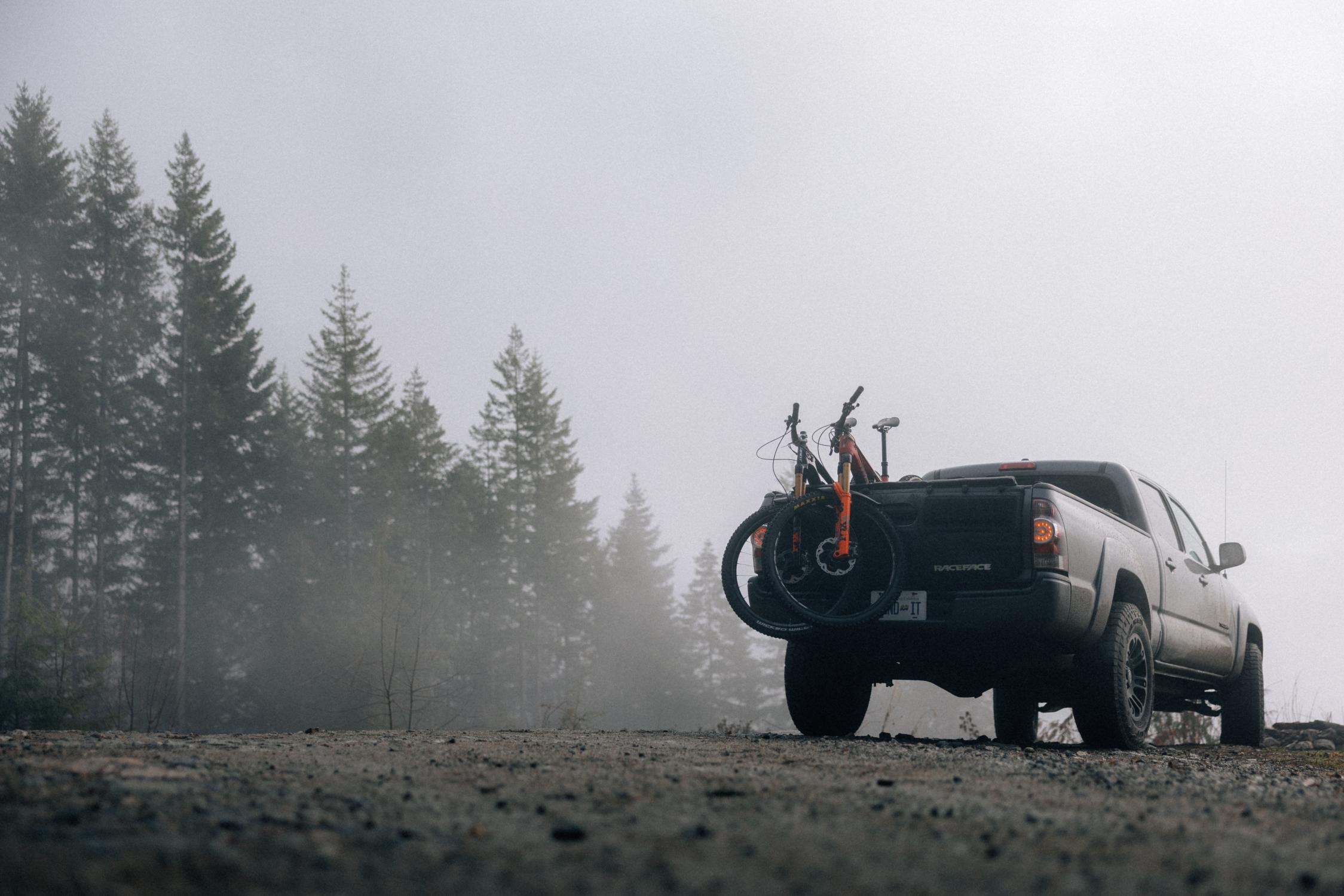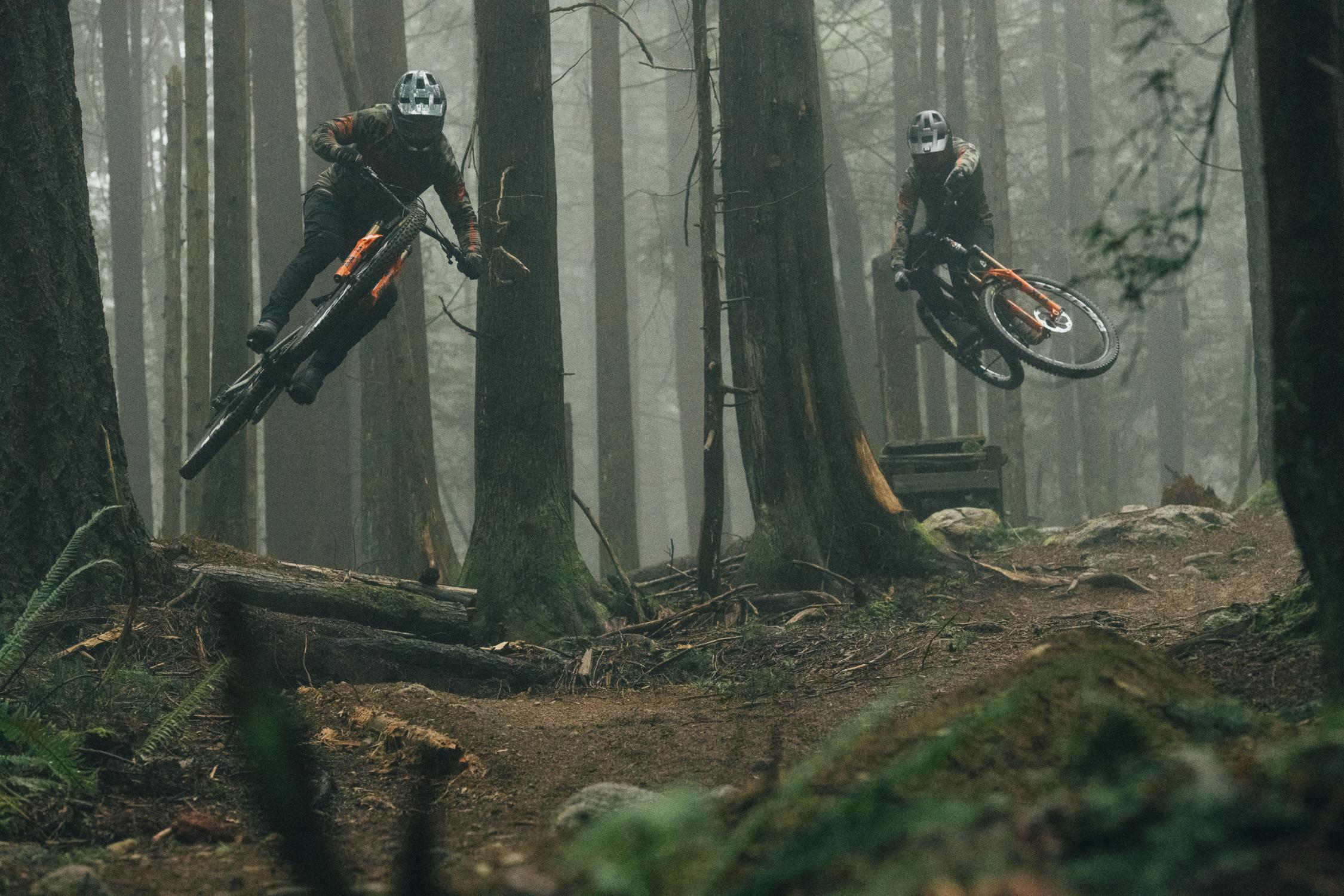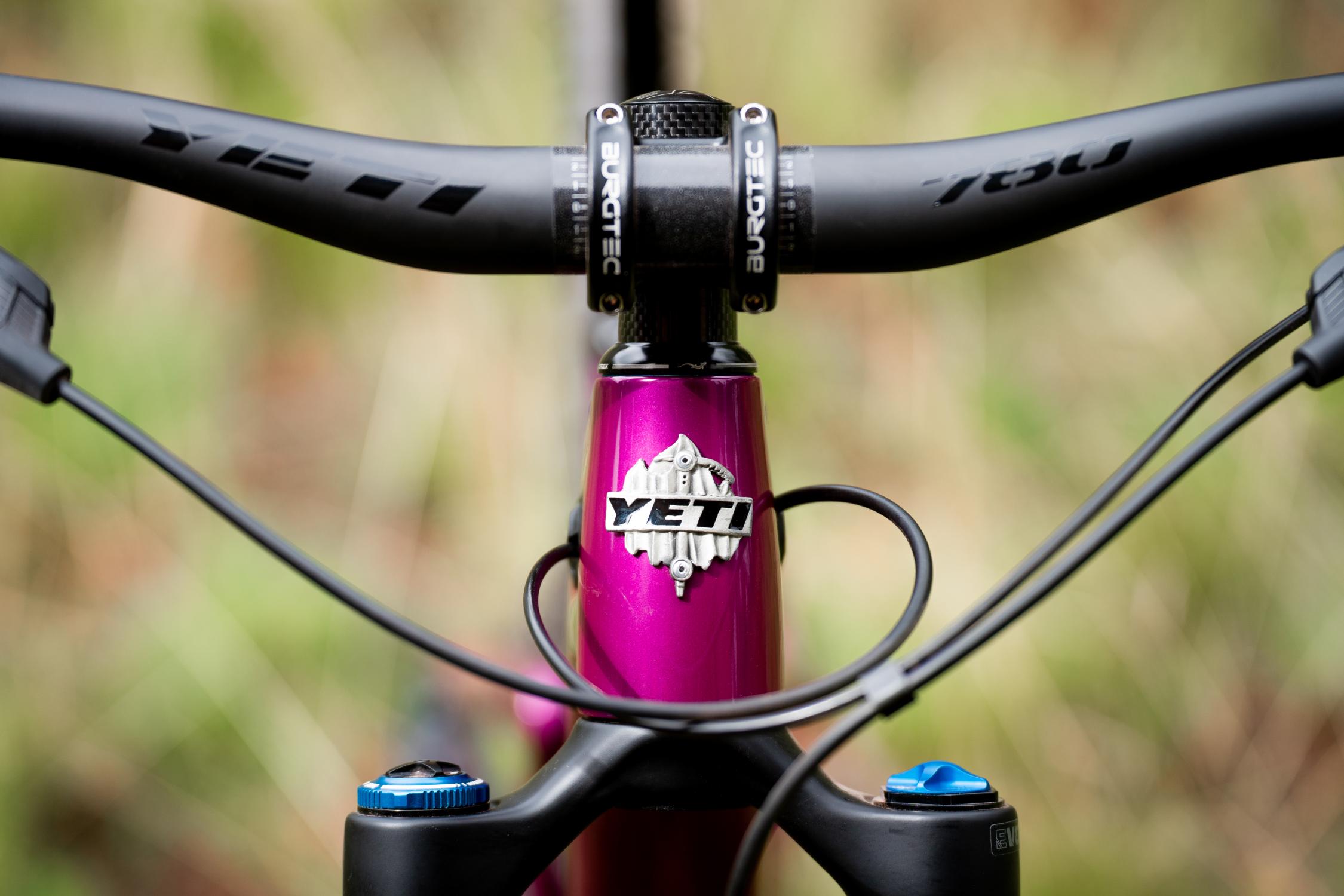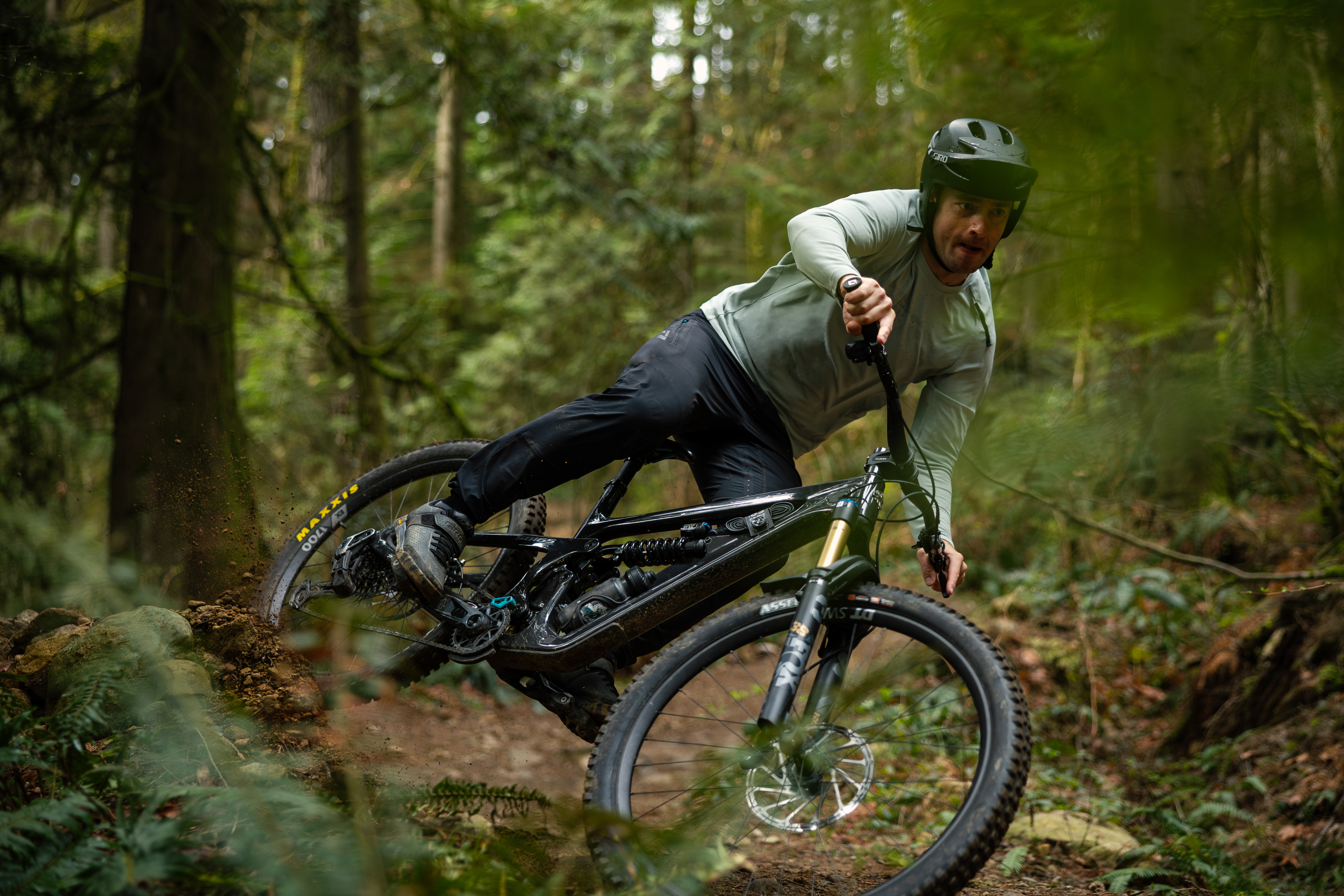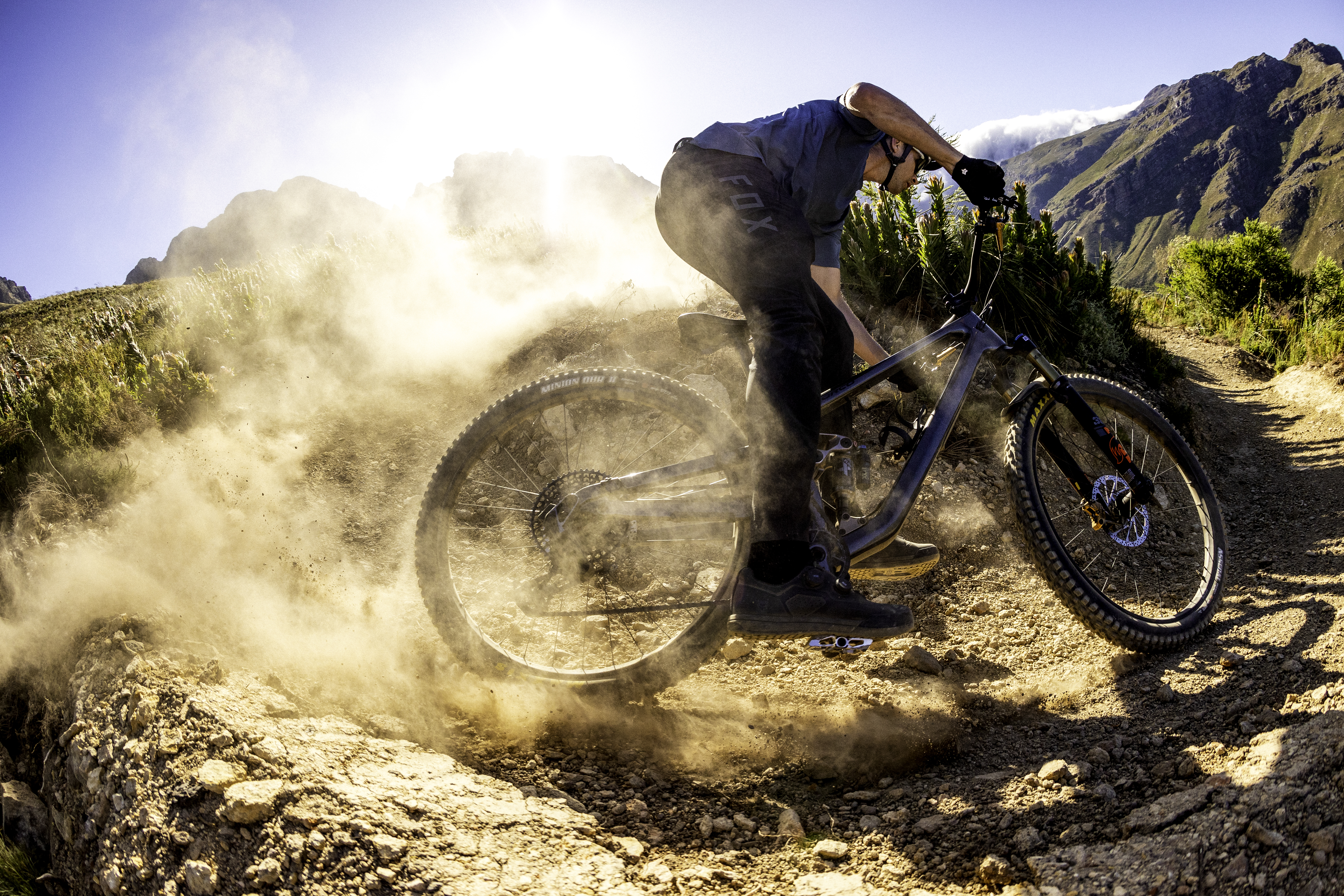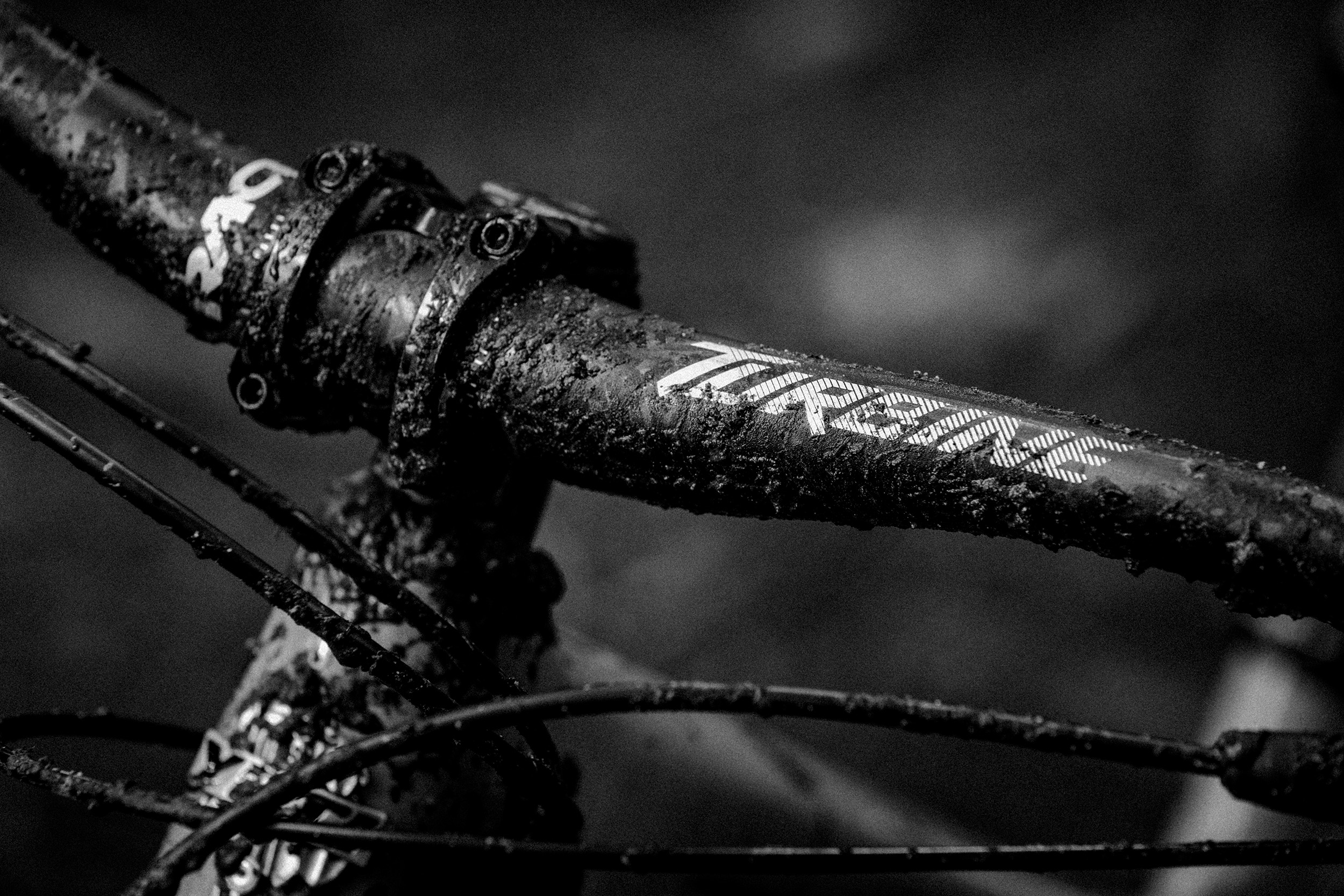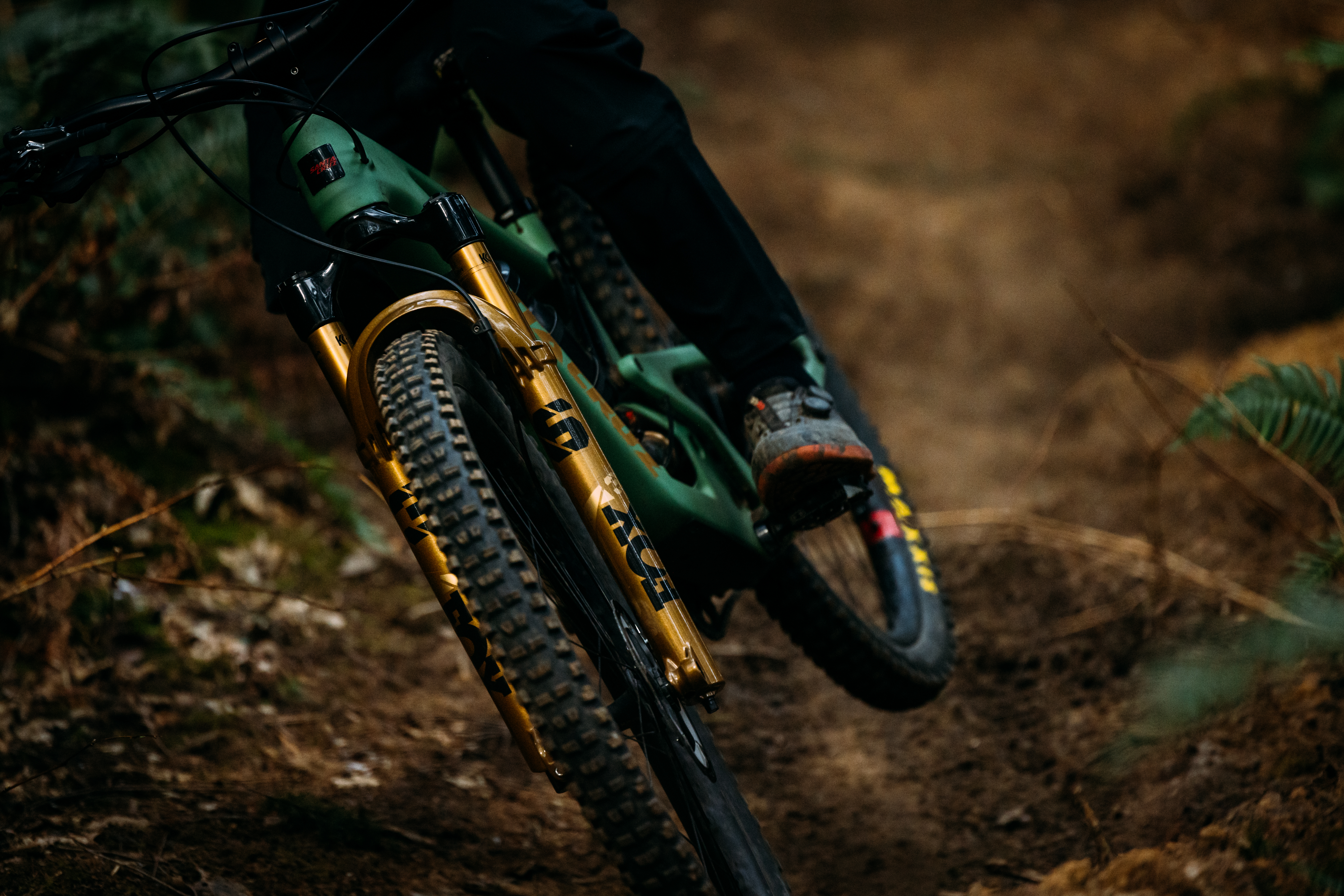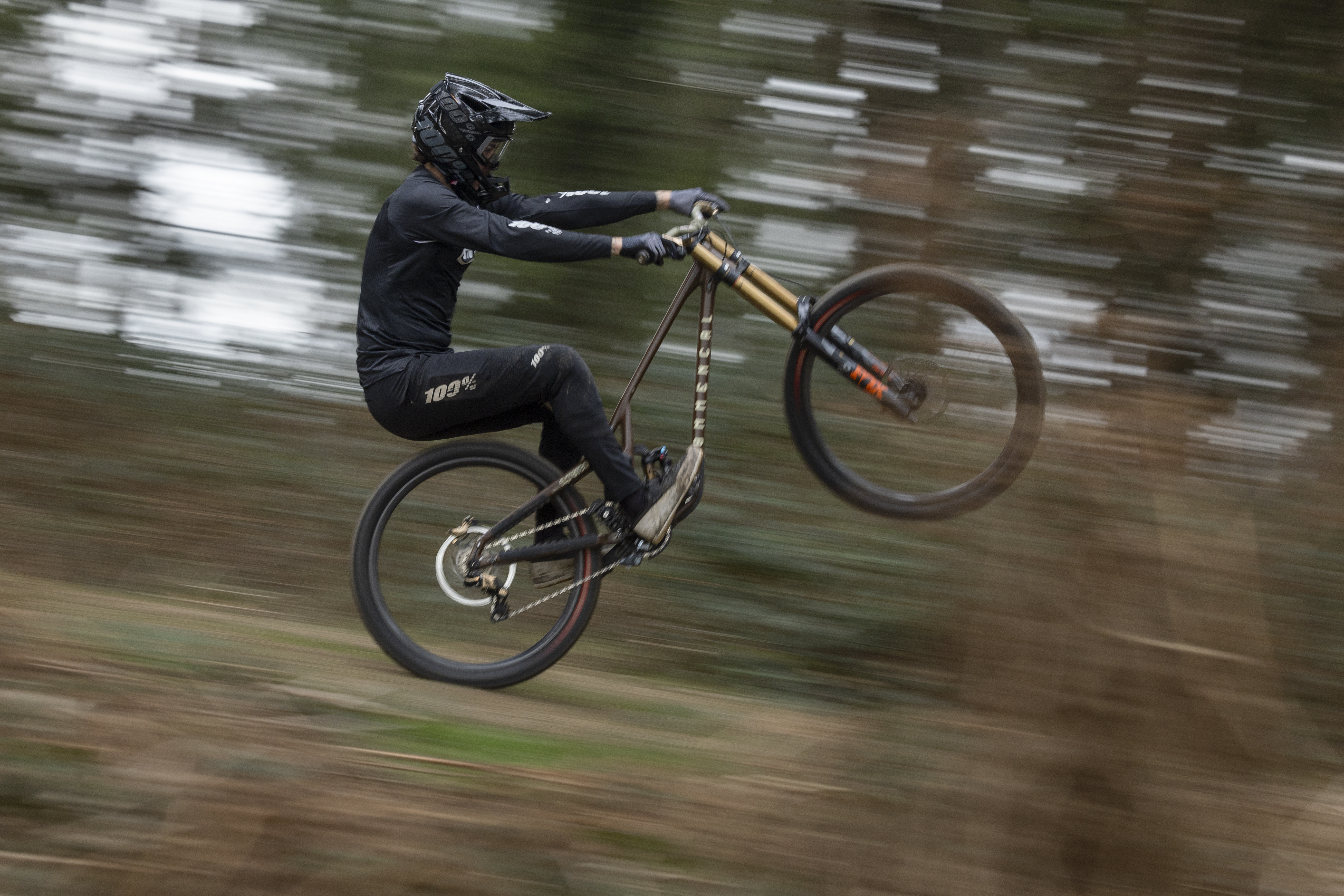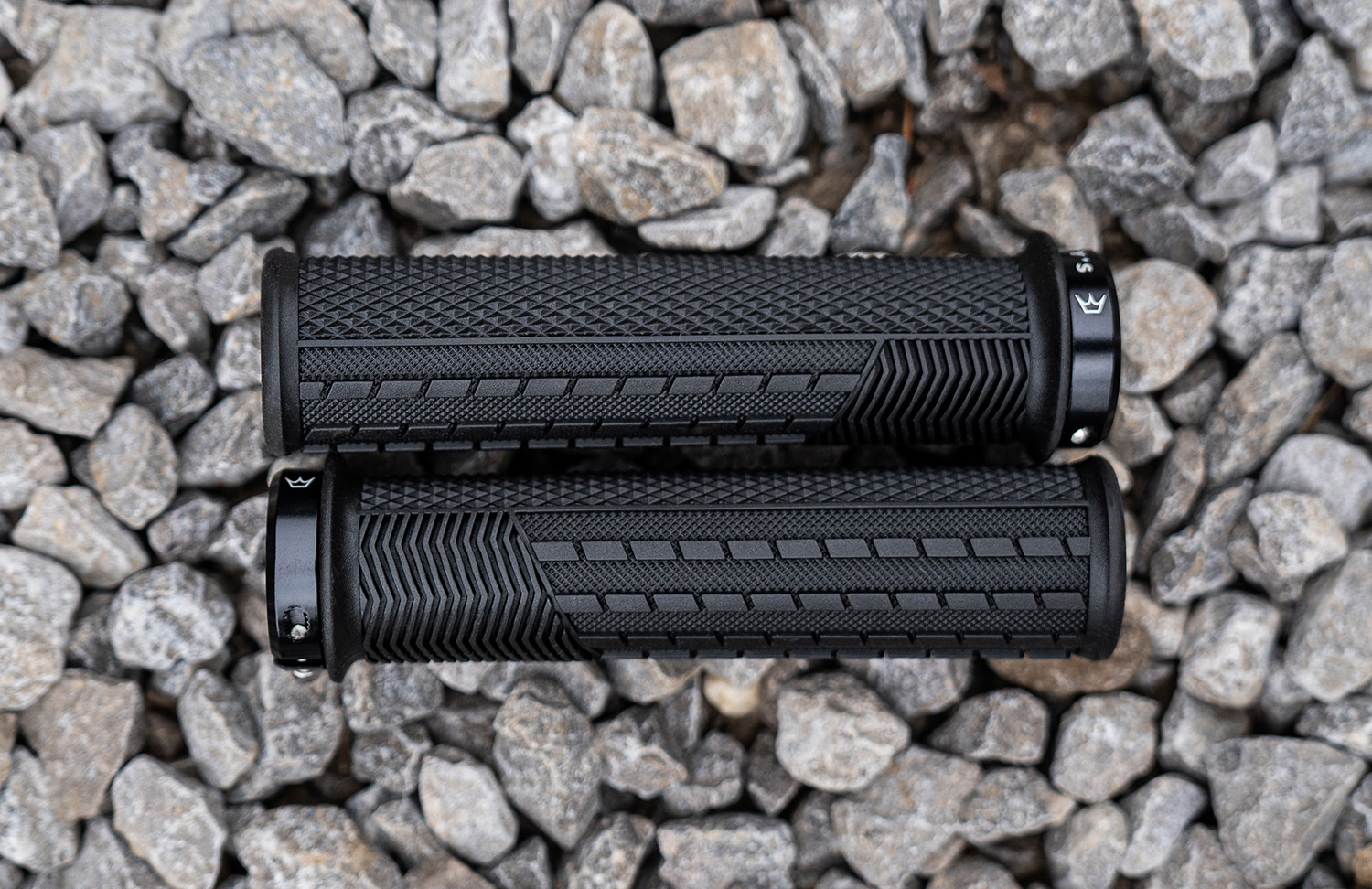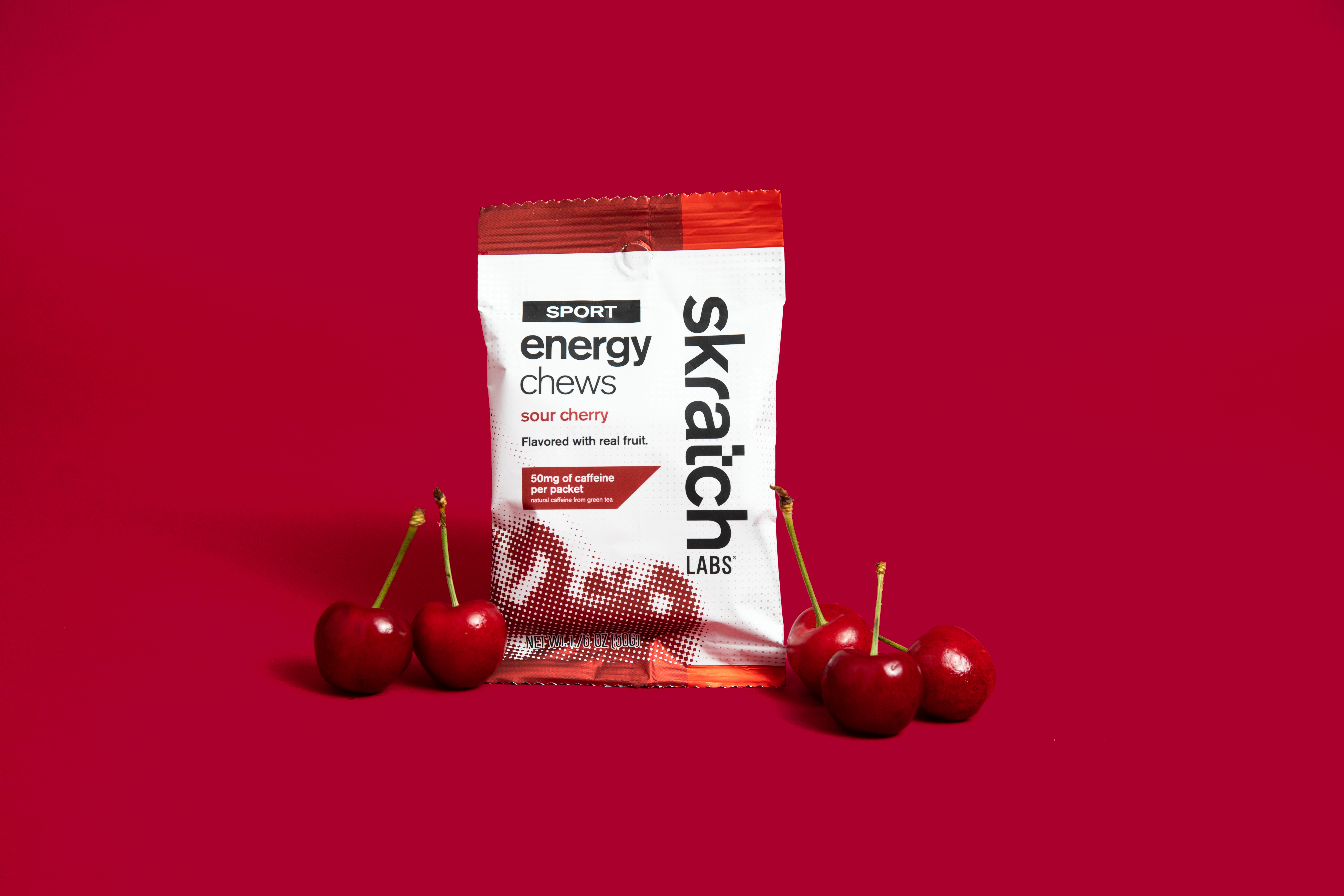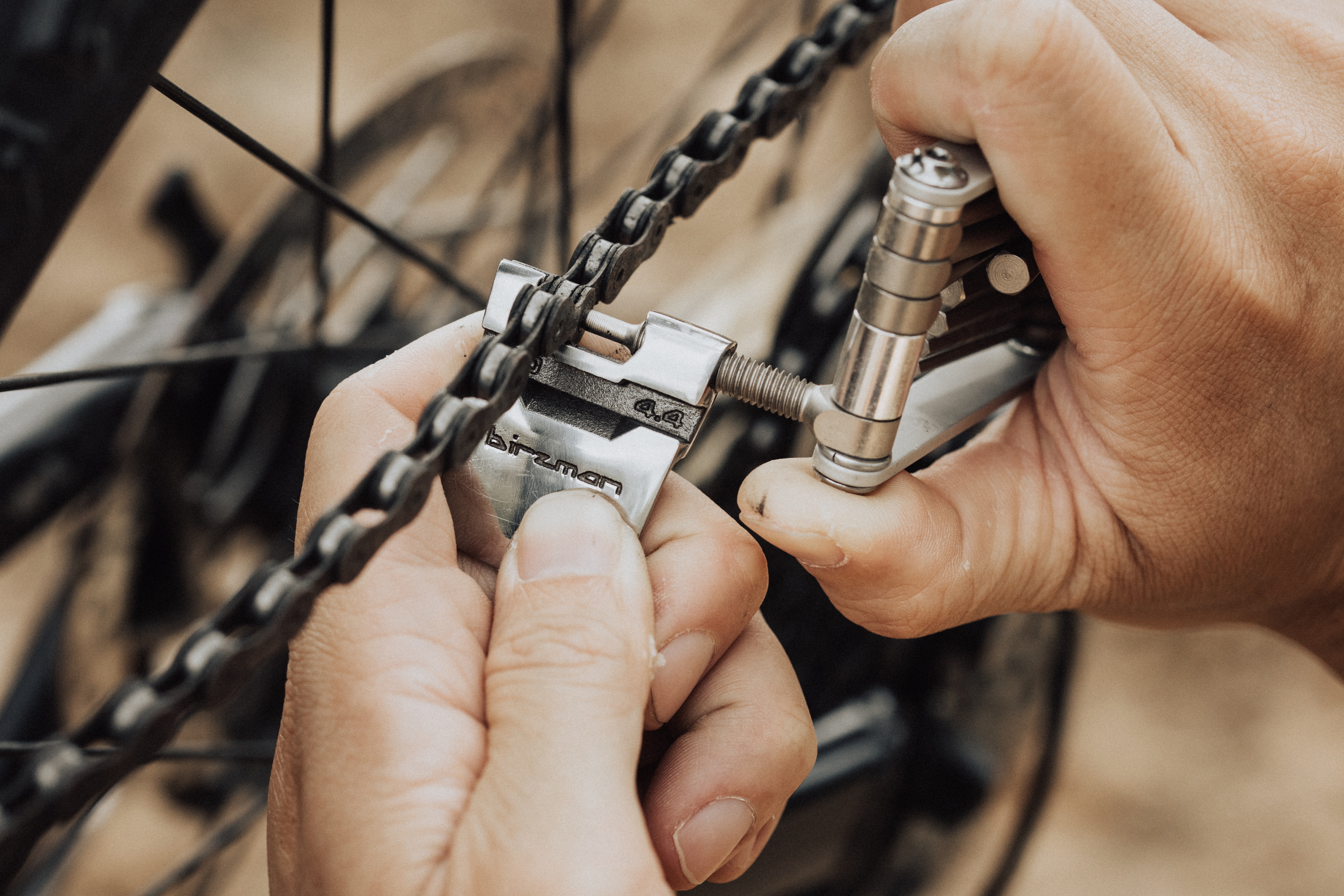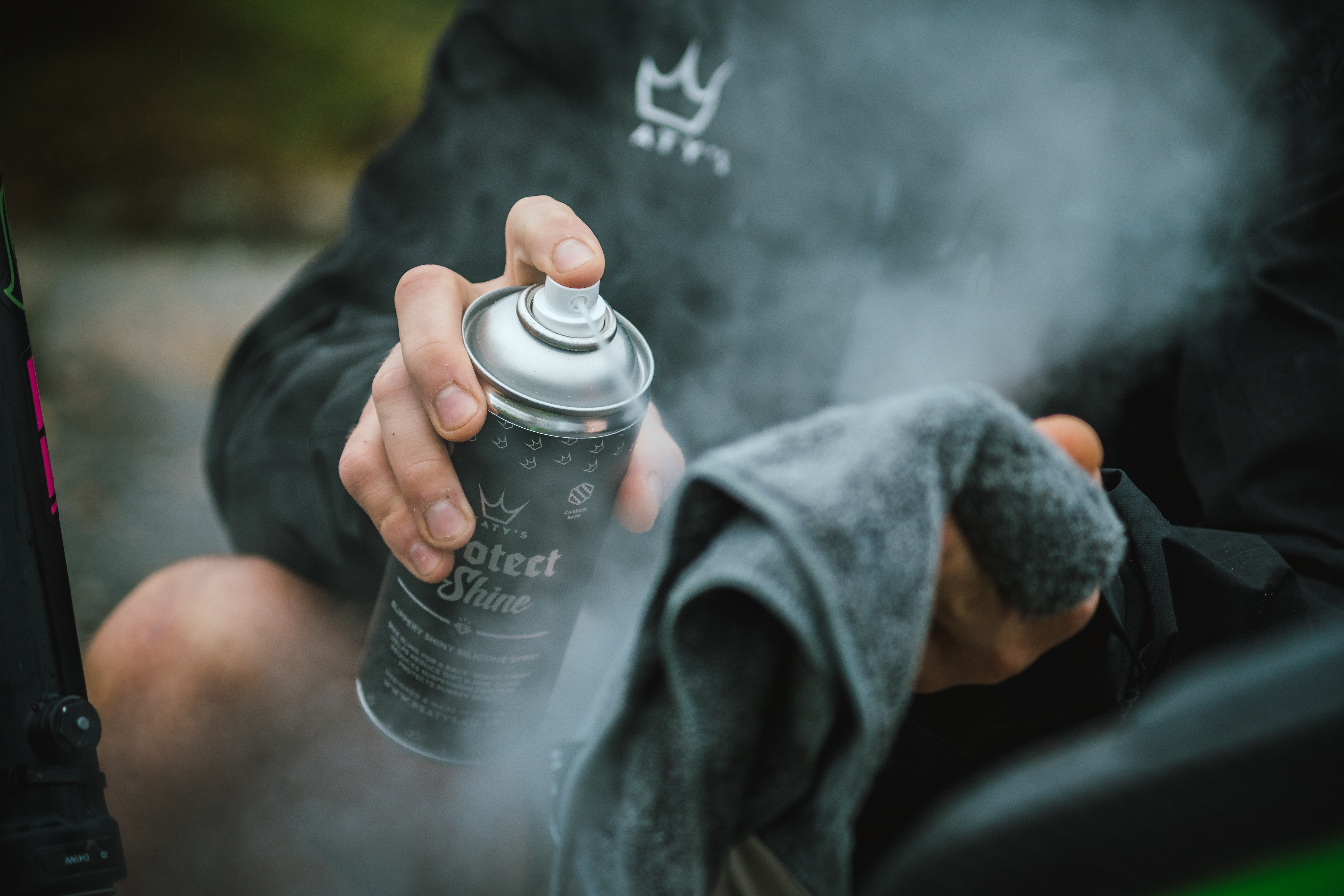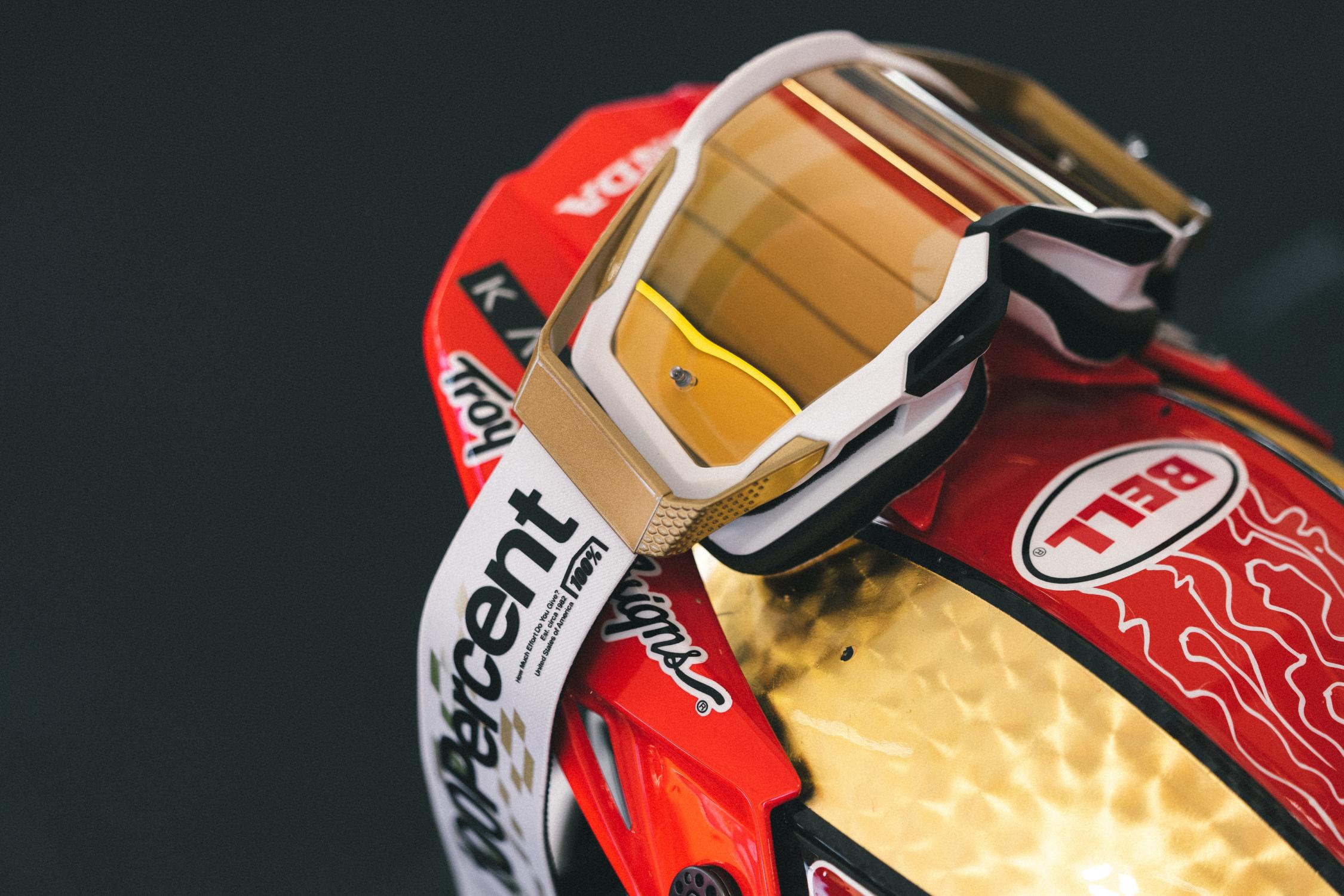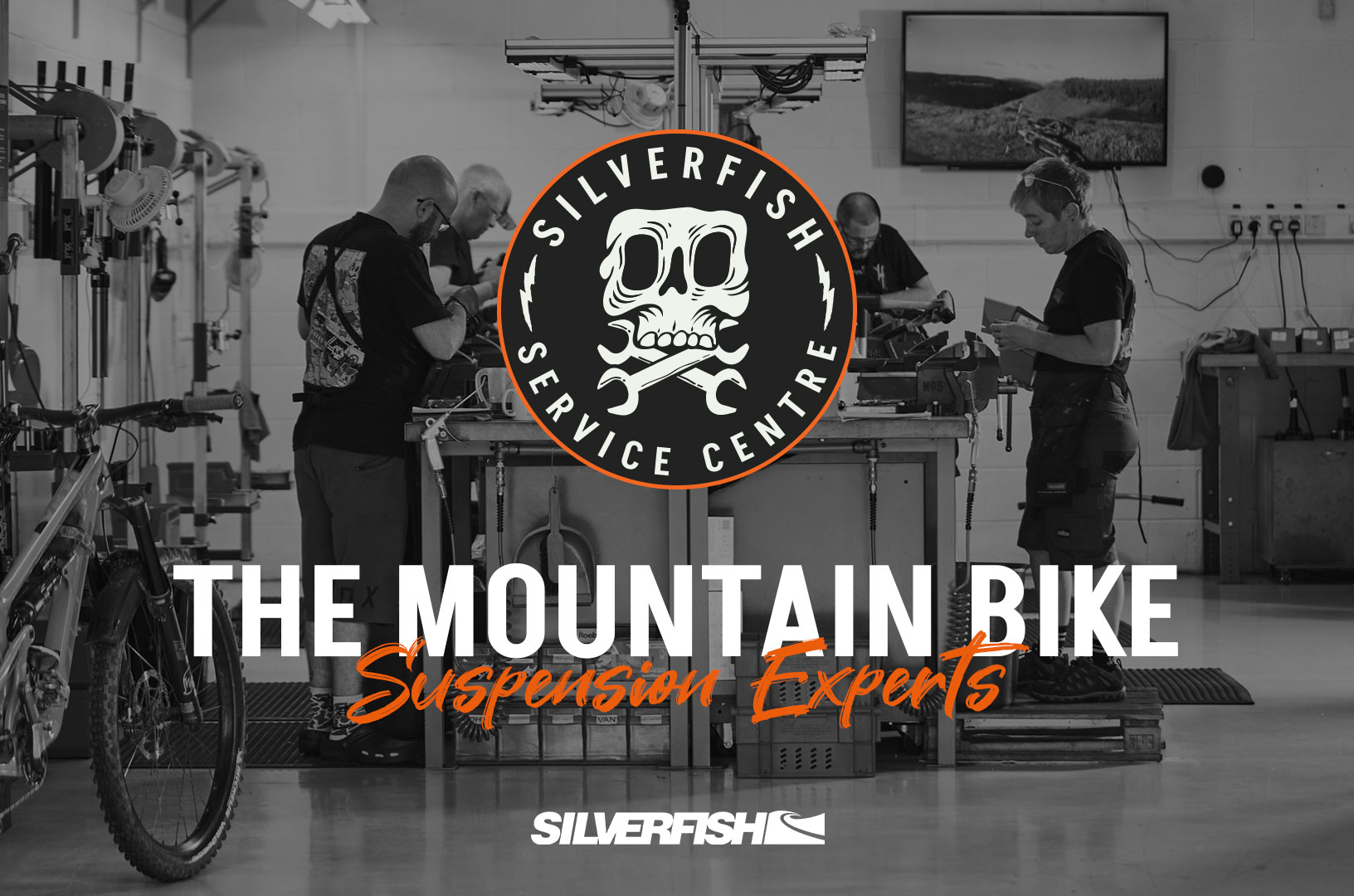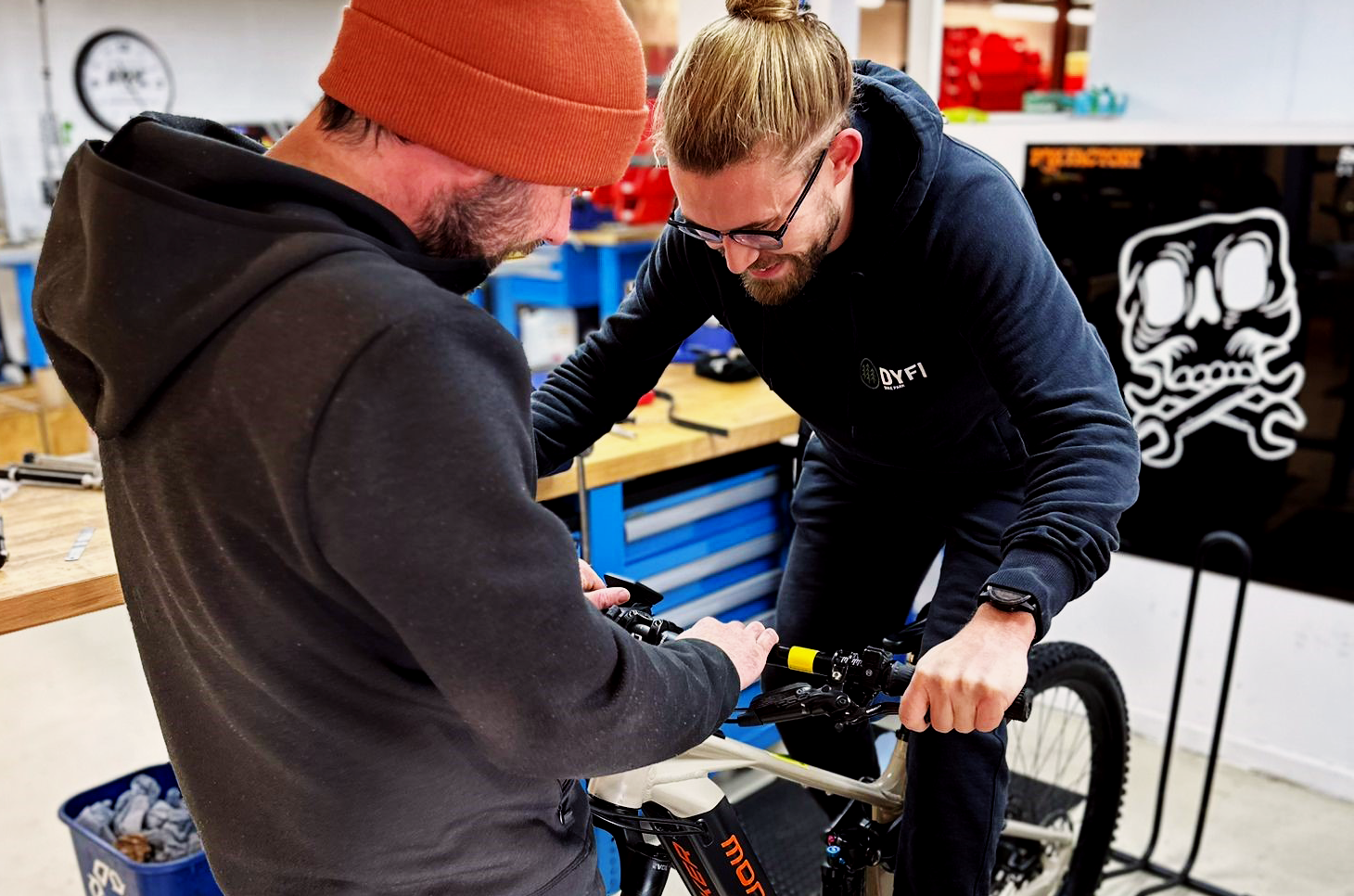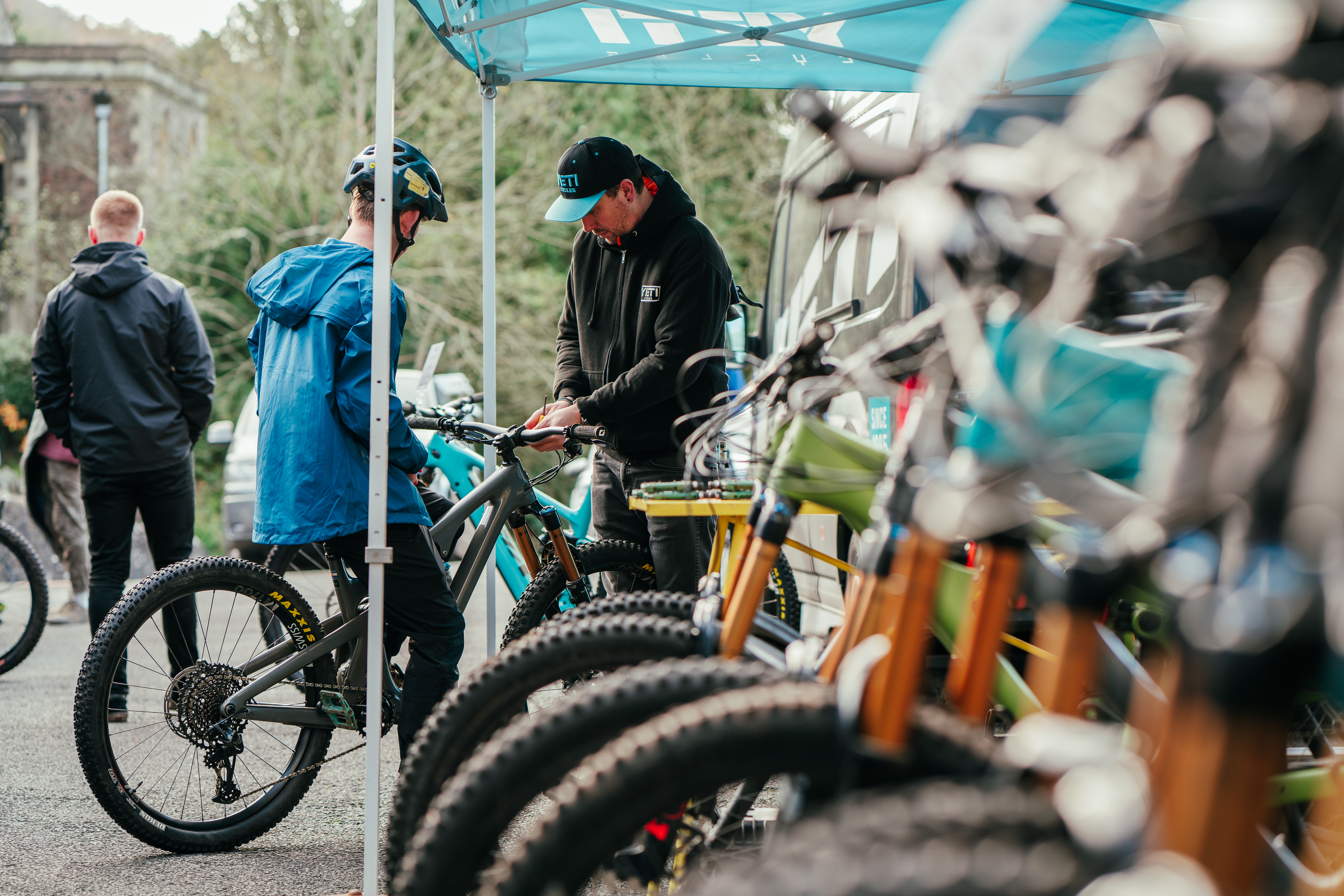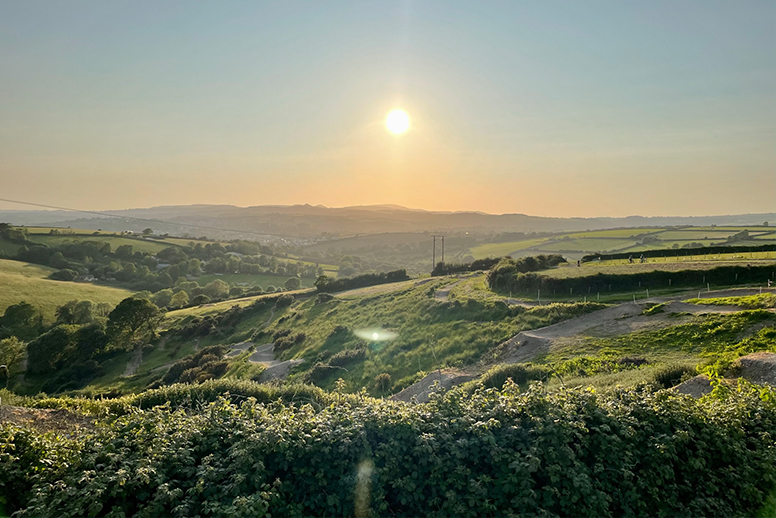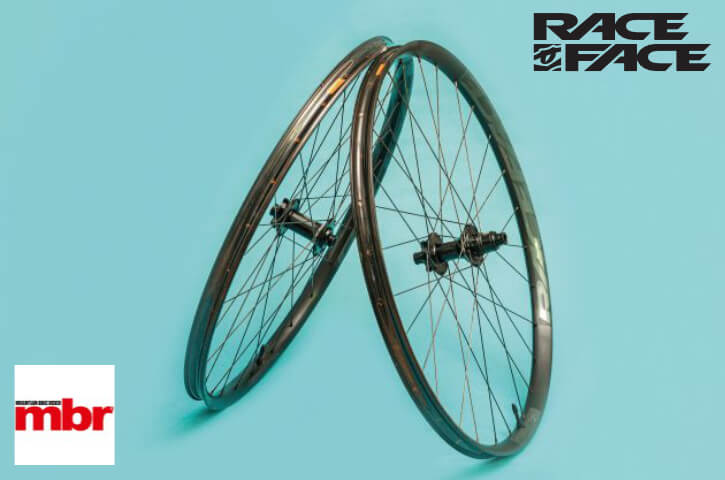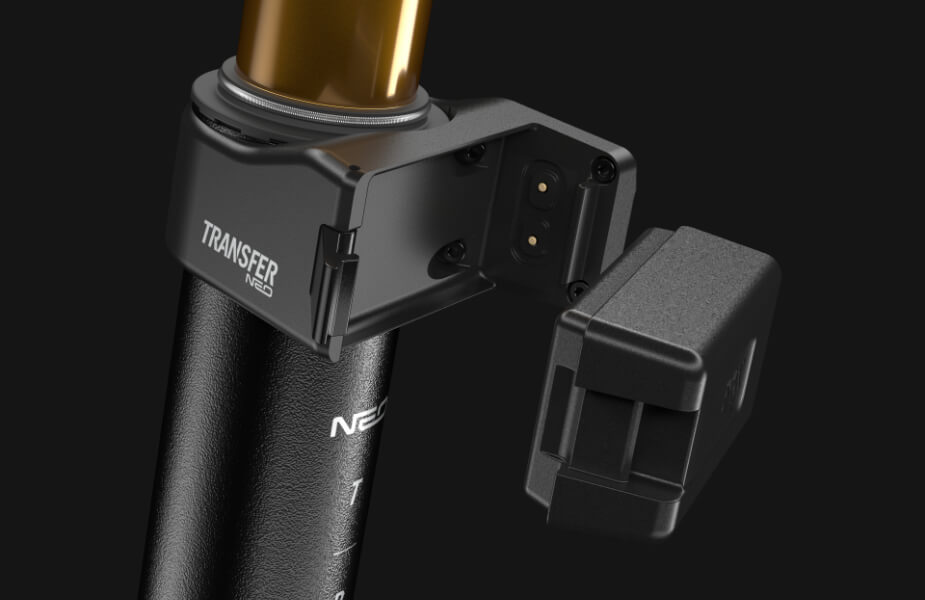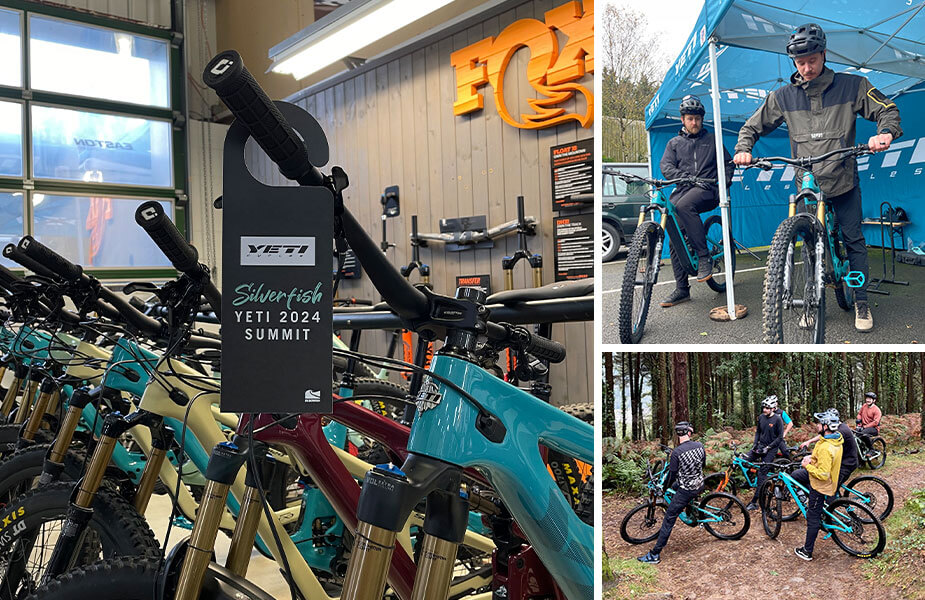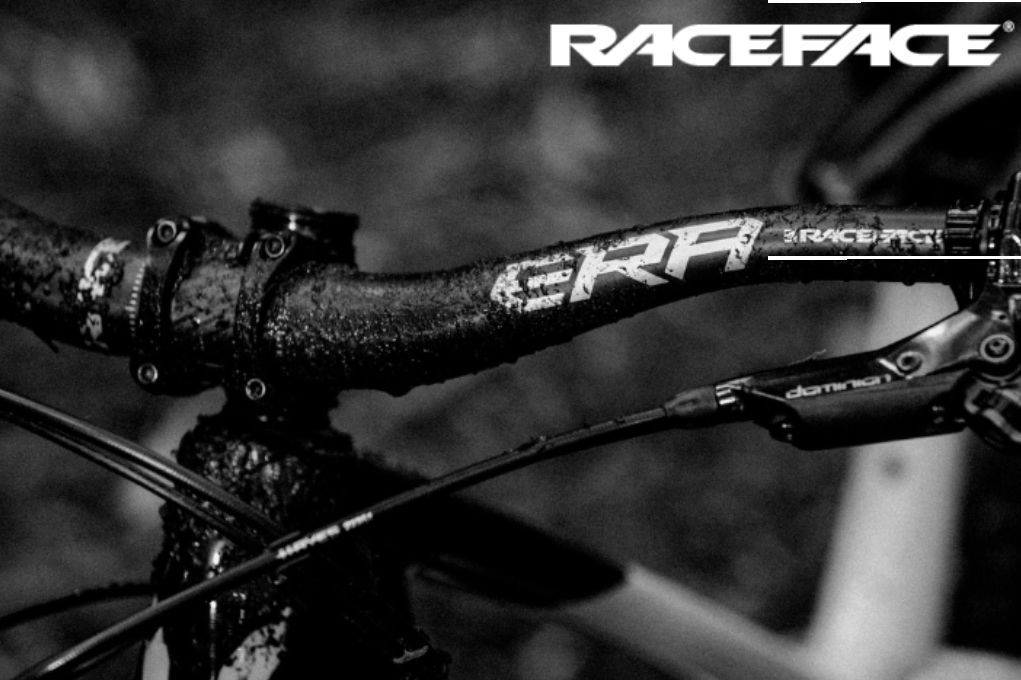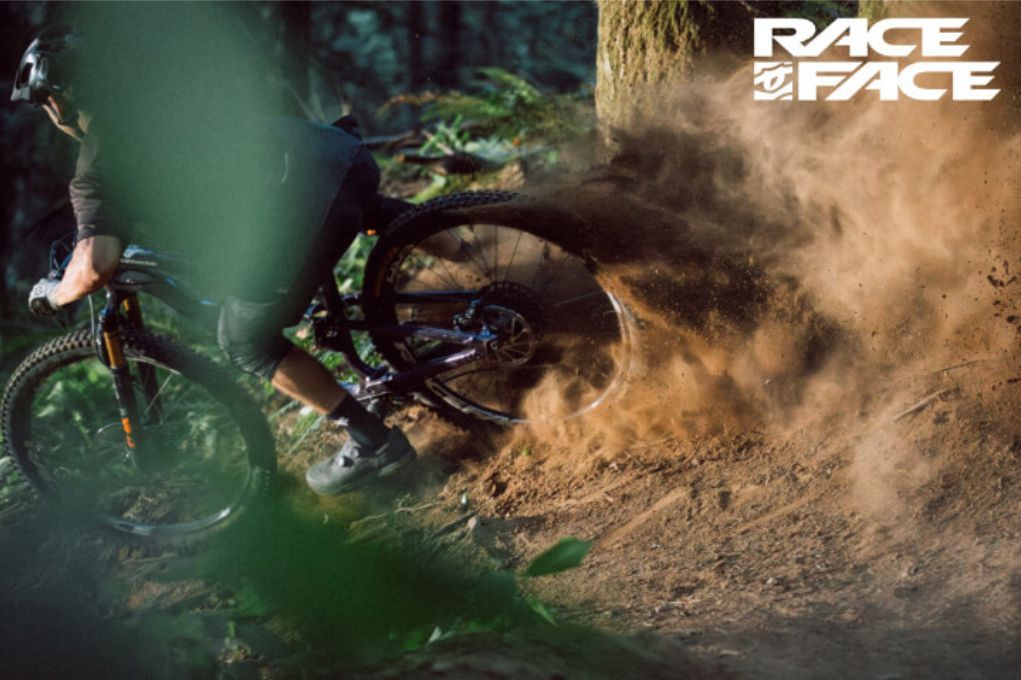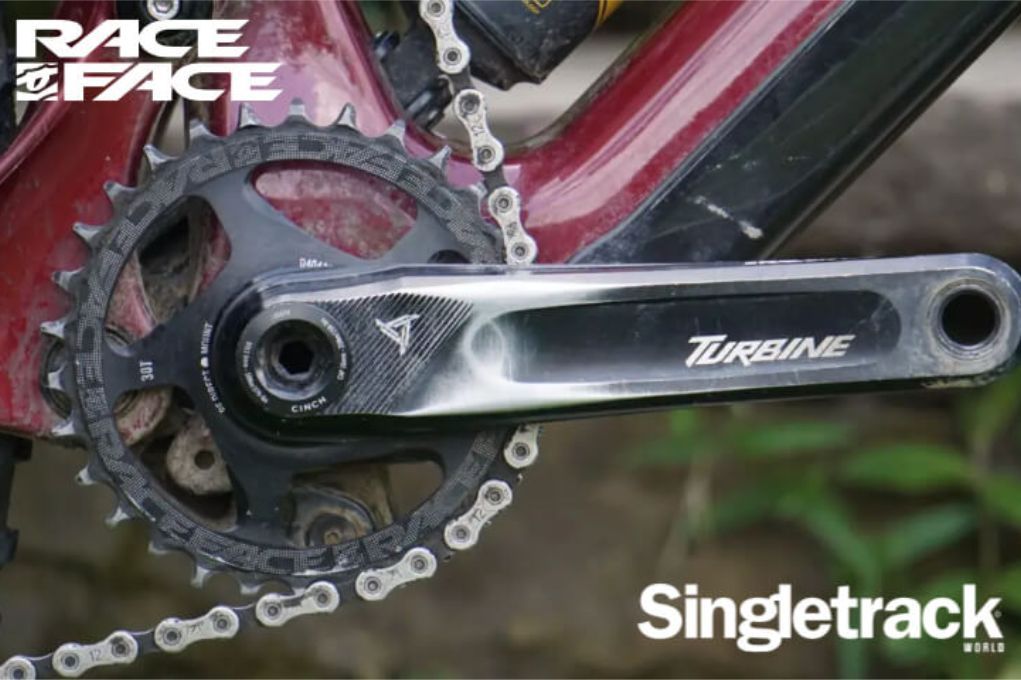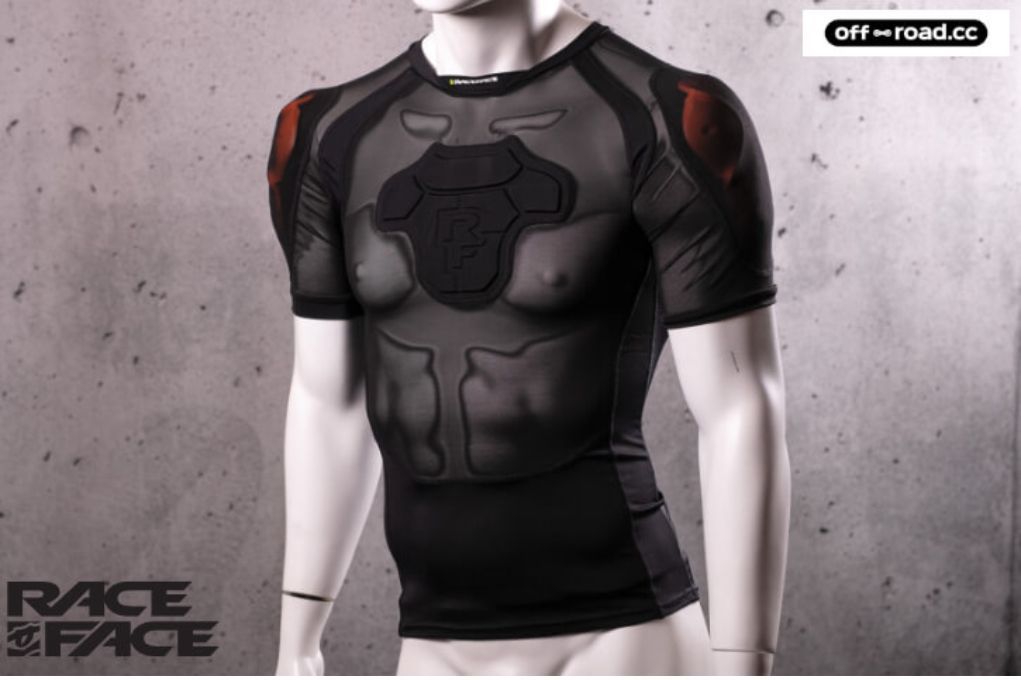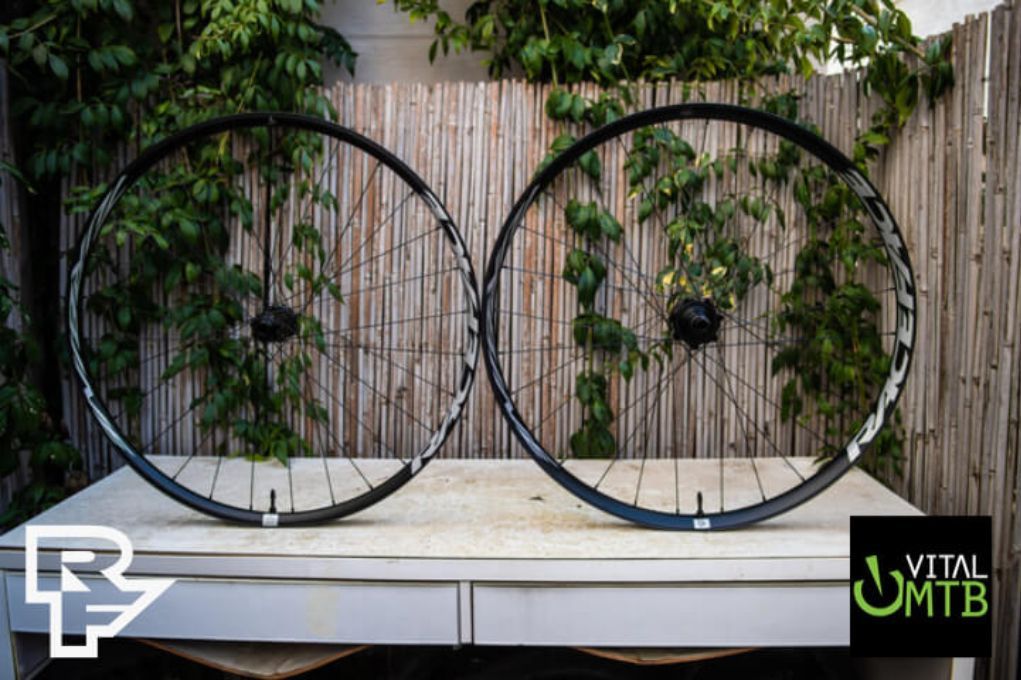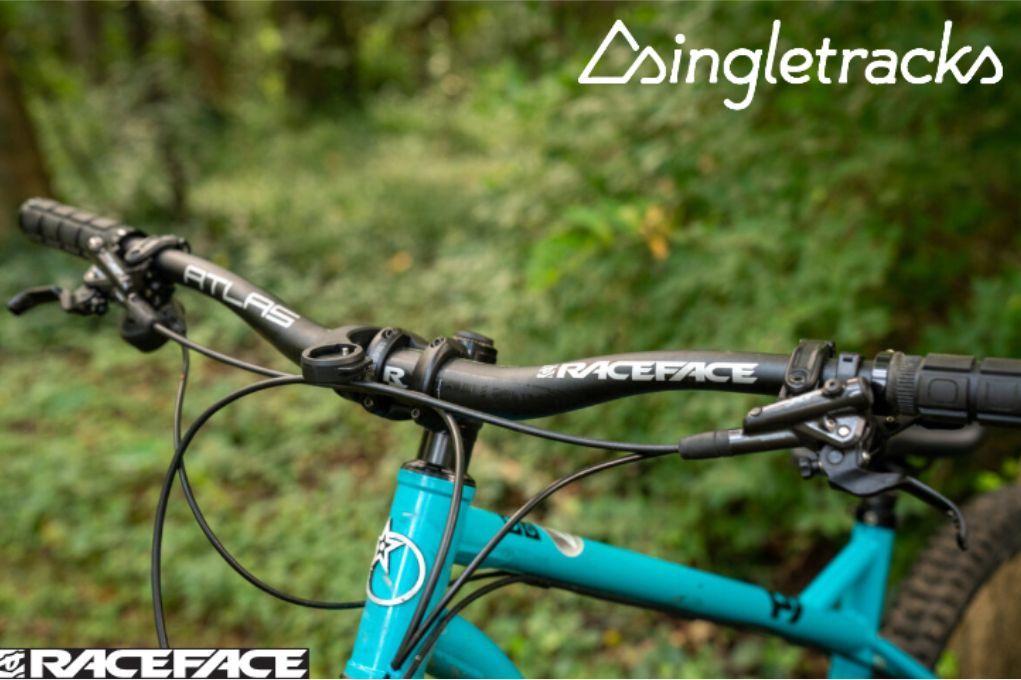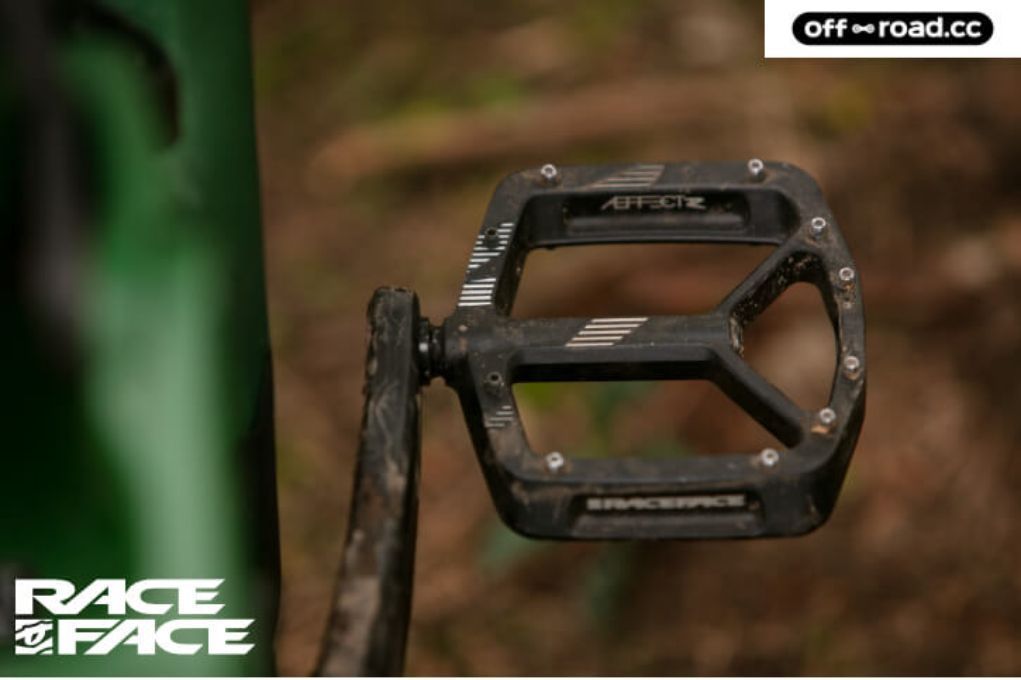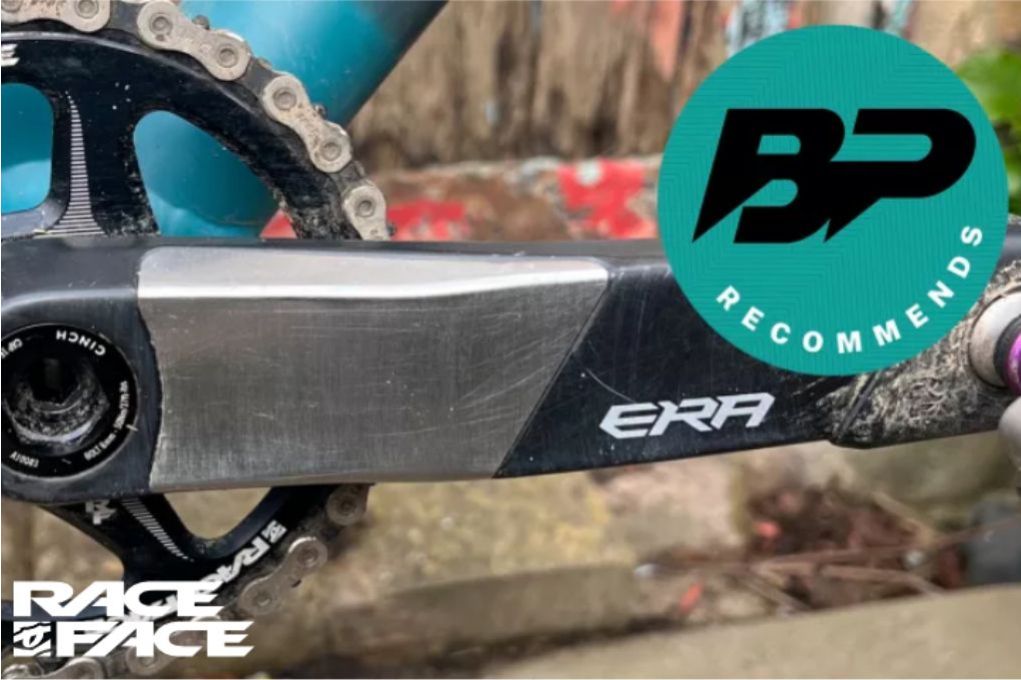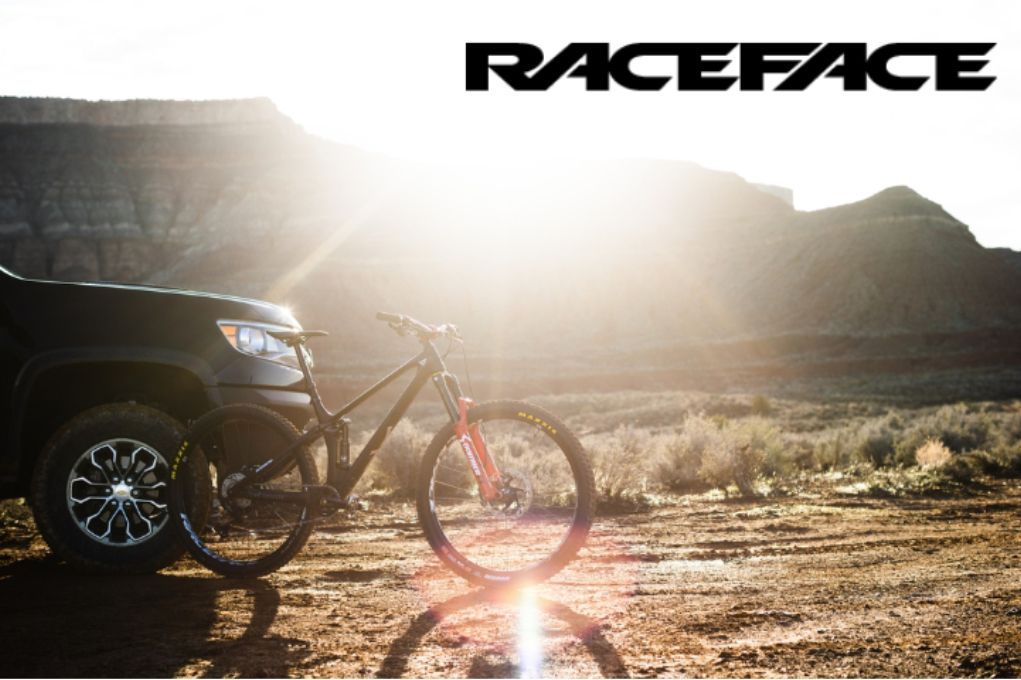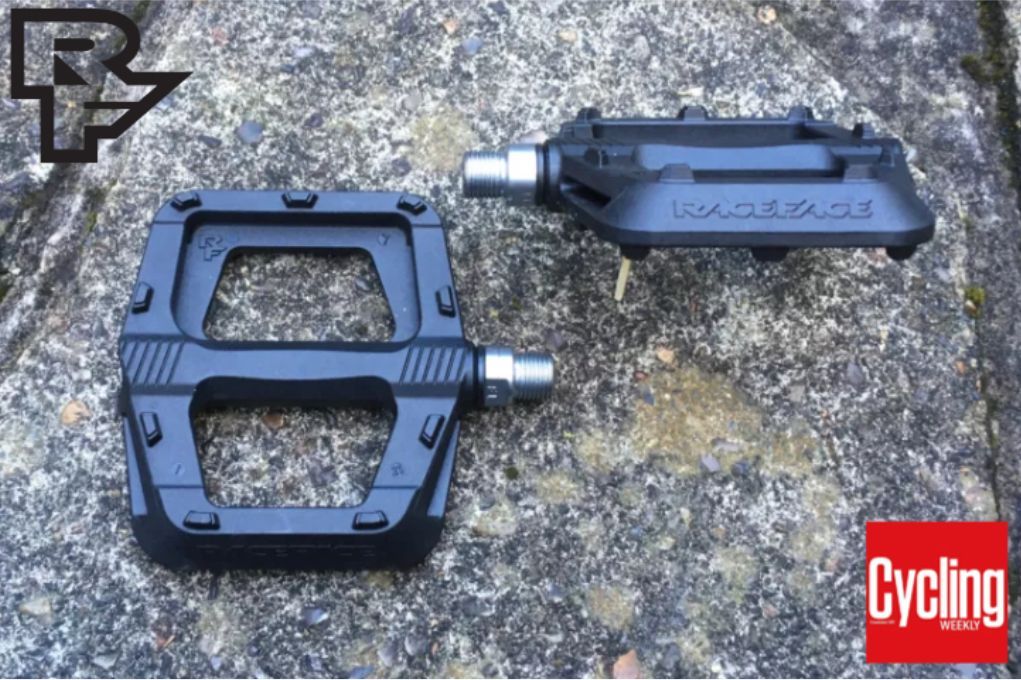ARMEGA SP25
Review: VitalMTB - Race Face Atlas Pedal
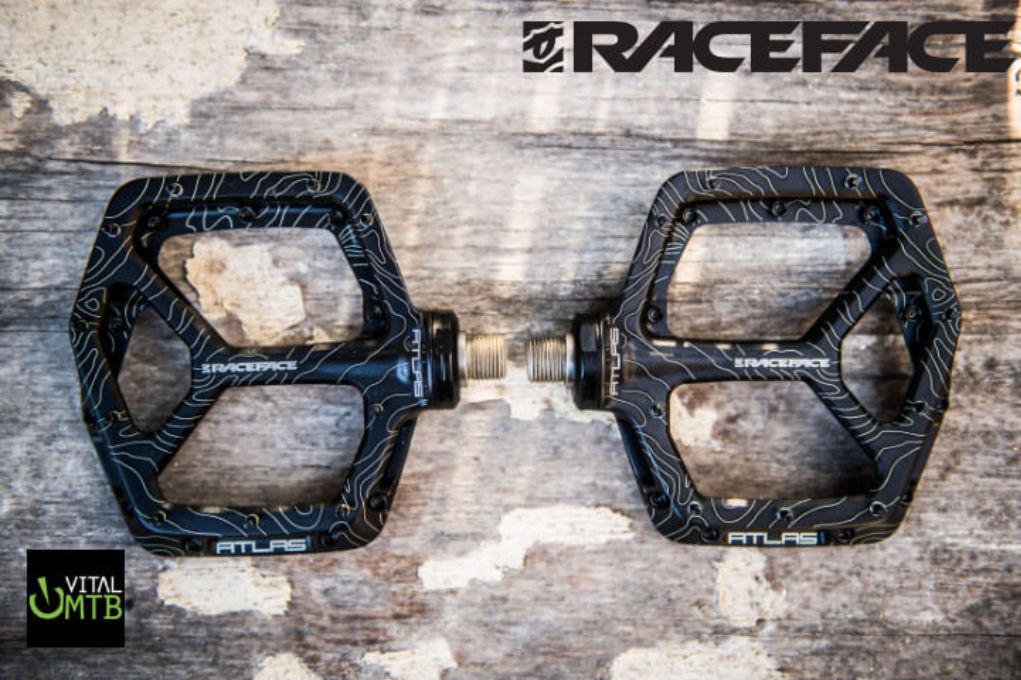
VitalMTB has tested the Race Face Atlas Pedal. Here is what they had to say:
When Race Face launched the Atlas in 2014, there was plenty to be impressed with. The pedal measured up fairly well against many of its competitors at the time, although we noted that the compact layout could sometimes feel a bit smaller under the feet than the numbers would suggest, and it did fall short of the class leaders in terms of outright grip. In the most recently updated version of our big Flat Pedal Face Off, the original Atlas ranks 10th out of 26 pedals tested. Fast-forward to today’s date, and we’re pulling back the curtains on the new Atlas – keep reading to learn more and get our first impressions straight from the trail!
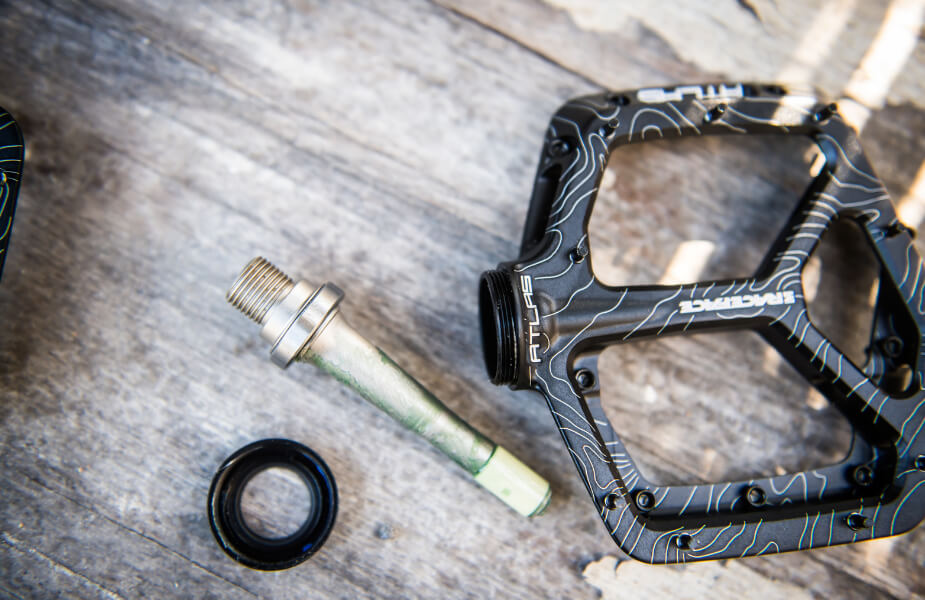
Race Face Atlas V2 Pedal Highlights
- Increased durability with oversize bearings, Igus bushing, and new spindle design
- Thin, concave profile for reduced pedal strikes
- Pins at varying heights to increase concave feel without adding to overall thickness
- Wider platform
- 20 longer pins per side
- Spacers included to reduce pin height should you want to tone it down a notch
- 9 anodized color options
- Fits every crank on the market, including those with crank boots
- User serviceable with no custom tools required
- Lifetime Warranty
- MSRP: $179.99 USD
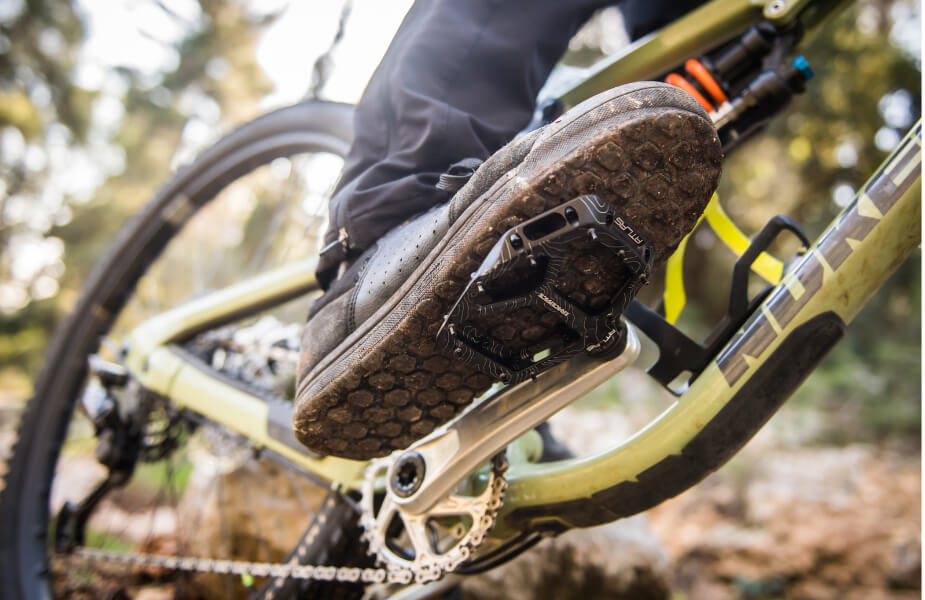
Initial Impressions
If you know the original, the new version will feel instantly familiar. The two outlines appear very similar, but closer inspection reveals some major changes. First of all, Race Face has gone with a completely different axle system, built around 1 large inboard bearing and a wide outboard Igus bushing. The axle is now secured on the inside of the pedal, via a large flat flange on the axle that is held in place with a flat and wide nut, equipped with a seal to keep water and dirt out of the internals. A flat wrench is all that is needed to open it up for service. The axle has also been updated to provide a little more space inboard, which means the new pedal will play nice with crank boots as well.

On The Trail
We liked the grip of the previous version of the Atlas pedal, mainly due to the sharp edges of the pins that do a good job of digging in and holding on. The new version takes both grip and feel to a new level however, as those extra 5 millimeters of space have really made a significant difference. The foot instantly finds a comfortable spot, and because there is a bit more room between the pins now, they seem to work even better. The effective concavity (top of the pins to the lowest part of the middle of the pedal) is good, and again because of the greater width of the pedal body, the shoe has more room to really “sink into” the middle of the pedal.
A big pedal gives you more room to find your perfect foot placement, and it can also save you when you need to put your foot back on the pedals in a hurry. The new Atlas feels much bigger than the previous version, which is a huge plus in our book. It still retains the heavily chamfered edges and a relatively low overall profile, so it’s one of those pedals that manages to not feel bulky and imposing even though it offers a lot of room onboard. The bearing bulge on the inside is not very wide, and we did not experience it getting in the way of our foot placement at all. Those who like to really have their feet super close to the crank arms may find that they touch it ever so slightly, but all in all it’s well contained. This pedal is very confidence-inspiring both in the wet and the dry, and it has performed equally well with several different shoes so far. We’ve only had the pedal available to us for a couple of weeks, so we’ll come back to this article at some point down the line to confirm or elaborate on these initial findings.
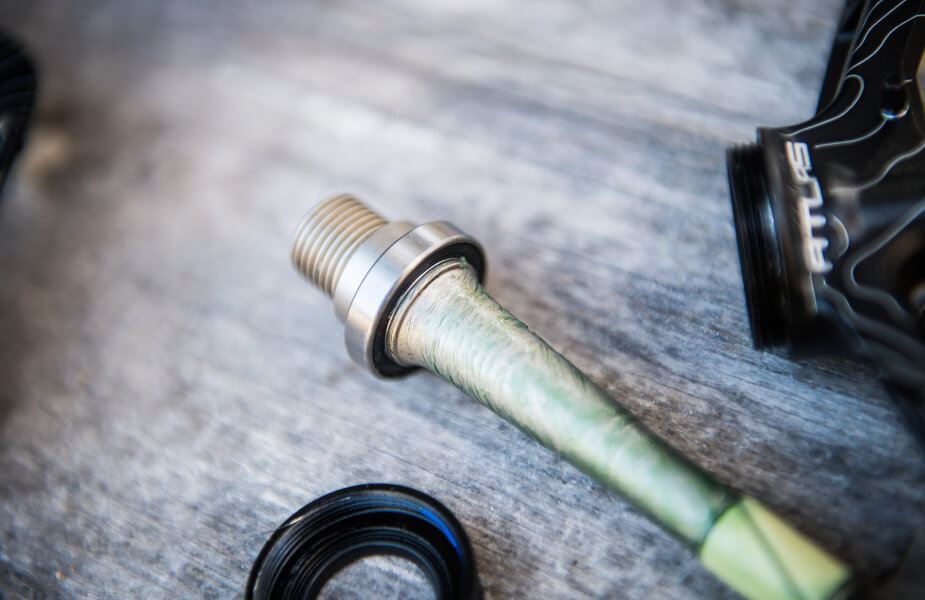
The original Atlas was prone to developing a bit of lateral play in the axle interface. The new pedal has been designed specifically to address that point, with a large flange on the axle that is held in place by threading down the nut on the inside of the pedal body. The flanged seal on the inside of the locking nut here may also help with longevity – time will tell, and we’ll get back to this section after more testing

